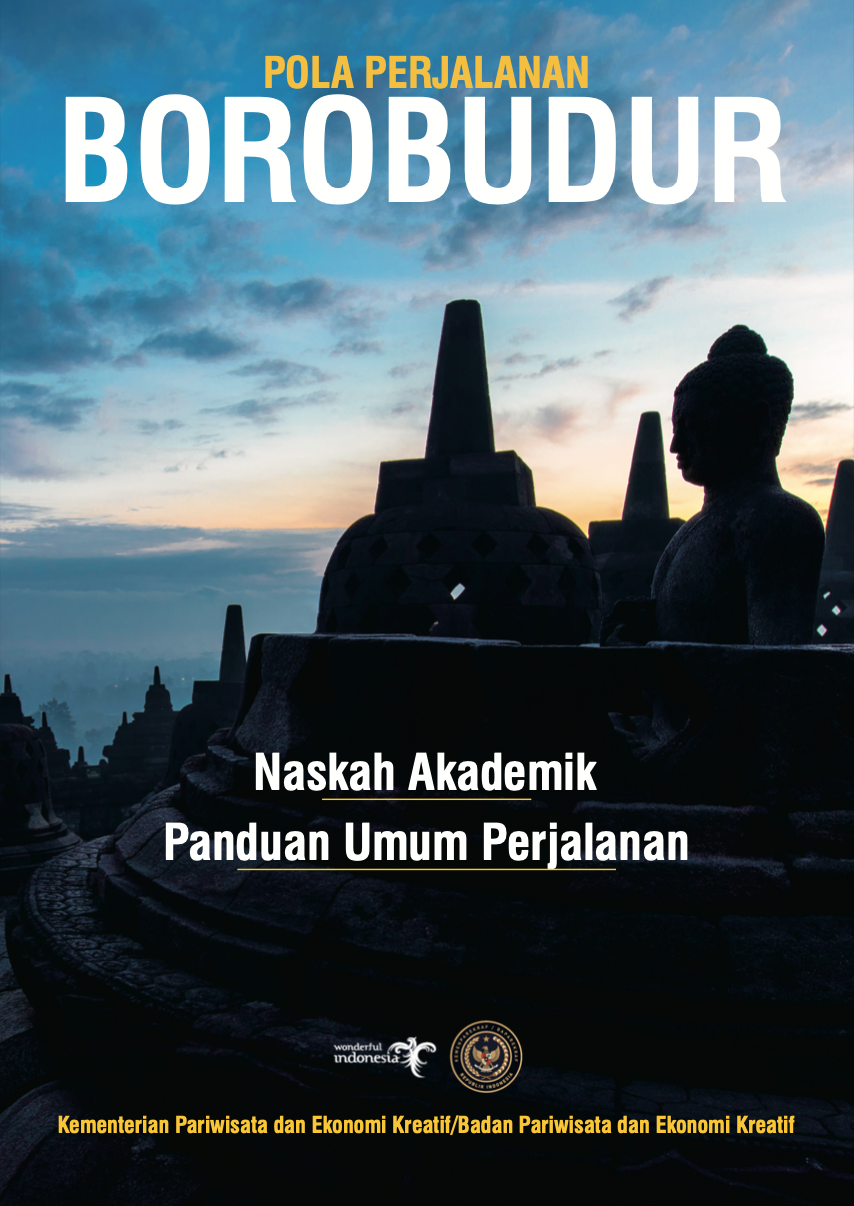Effects of Different Proportions of Organic Fertilizer in Place of Chemical Fertilizer on Microbial Diversity and Community Structure of Pineapple Rhizosphere Soil
With the development of sustainable agriculture, the application of organic fertilizers to crops instead of chemical fertilizers has become an inevitable trend. However, little is known about the proportion of organic fertilizers replacing chemical fertilizers and how it affects the underlying microbial mechanisms of continuous pineapple soil. In this study, we used the Illumina Miseq high- throughput sequencing platform to study the rhizosphere soil of continuously cropped pineapples to study the diversity and community structure of pineapple rhizosphere microorganisms. The results showed that, with 97% similarity, the number of OTUs of all samples obtained using hierarchical clustering analysis is 3645. Both conventional fertilization (CF) and optimal fertilization (YF) increased the relative abundance of Proteobacteria, Actinomycetes, and Sclericutes, and decreased the relative abundance of Acidobacteria, Bacteroidetes, Blastomonas, and Verrucobacteria. The replacement of organic fertilizers increased the relative abundance of Bacteroidetes, among which the relative abundance of chlorocurvus treated with the replacement of organic fertilizers of 80% was the highest. Different fertilization methods also changed the diversity and abundance of bacteria in the soil of the pineapple rhizosphere; the diversity of the species was E > D > C > CK > B > YF > CF. Based on the analysis of the PCoA and NMDS of soil bacterial communities, treatment E was similar to treatment D, treatment CK was similar to treatment YF, and treatment C and treatment D had little structural difference. On the basis of an analysis of the composition and function of the flora, it can be found that different fertilization methods have significant differences in the bacterial groups of the rhizosphere bacterial community of pineapple soil. The relative abundance of beneficial bacteria was increased. When organic fertilizer replaces chemical fertilizer, it promotes the role of bacteria related to the carbon cycle in the rhizosphere.



